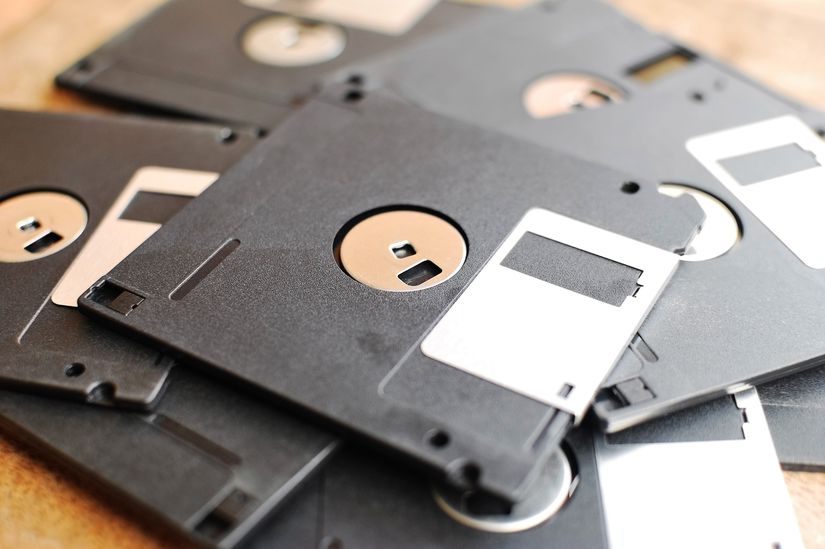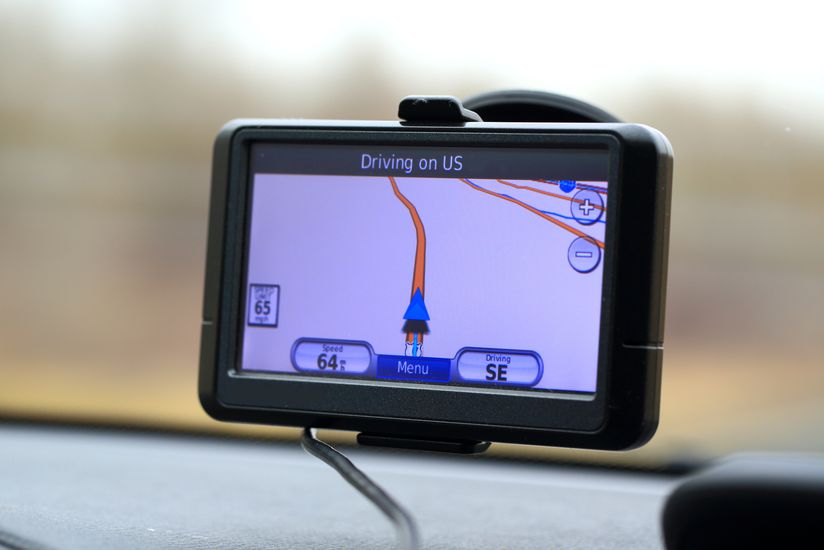Here Today, Gone Tomorrow
If your vision of the Big Apple still includes bright yellow taxi cabs, flashing lights, and a phone booth on every corner, it's time to recalibrate. The city just moved its last freestanding payphone from the street to a museum. It's just another reminder that today's newest, fastest, and best technology will soon look like a relic. With each new update, release, and revision, the last version immediately feels primitive. Some products last just a few years, and others endure for centuries, but one thing is certain — obsolescence is inevitable.













































